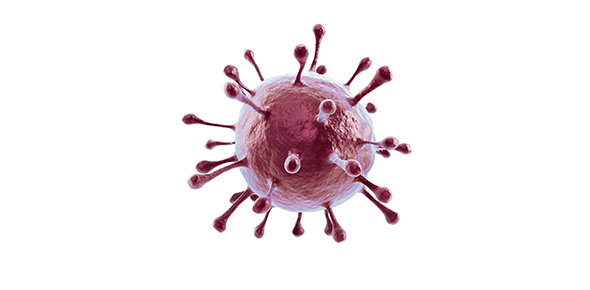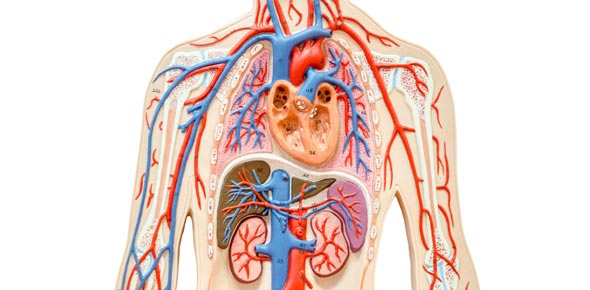Related Flashcards
Related Topics
Cards In This Set
| Front | Back |
|
What is the frequency of the O phenotype in the population?
|
45%
|
|
What is the frequency of the A phenotype in the general population?
|
40%
|
|
What is the frequency of the B phenotype in the general population?
|
11%
|
|
What is the frequency of the AB phenotype in the general population?
|
4%
|
|
What is the order of ABO types from the type with the most H substance to the type with the least H substance?
|
O>A2>B>A2B>A1>A1B
|
|
What is the Bombay phenotype?
|
It is an h amorph, meaning that Bombay patients have no H antigen, meaning they cannot express any other ABO genes and no antigens are formed.
|
|
What sugar does the Bombay phenotype lack on its precursor?
|
L-fucose
|
|
How are Bombay individuals' rbcs differentiated from a normal type O individual?
|
They are tested with the anti-H lectin, Ulex europaeus, with would react with normal cells because they have the H antigen, but would not react with the cells with the Bombay phenotype
|
|
What is the sugar and enzyme responsible for the A antigen?
|
N-acetyl-galactose-amine and N-acetylgalactose-aminyltransferase
|
|
What is the sugar and enzyme responsible for the B antigen?
|
D-galactose and D-galactosyl-transferase
|
|
What is the sugars and enzmes responsible for the AB antigens?
|
N-acetyl-galactose-amine and N-acetylgalactose-aminyltransferaseand D-galactose and D-galactosyl-transferase
|
|
What is the sugar and enzyme responsible for the O antigen?
|
L-fucose and alpha -2-L-fucosyltransferaseThe H antigen, because the O antigen is a lack of the A and B antigen
|
|
What is the name of the precursor substance on rbcs that the ABO antigens are built upon?
|
Type 2 oligosaccharide chain
|
|
What is the cis-AB phenomenon?
|
A person inherits both AB genes from one parent and an O gene from the other parent, so they have three ABO genes instead of 2. These people have weak A and B antigens
|
|
What is Acquired B Antigen?
|
It is associated with disease of the digestive tract when bacterial enzymes modify the blood group "A" sugar, N-acetylgalactosamine, into D-galactosamine, which is very similar to the B group sugar, D-galactose, so this antigen cross reacts with the anti-B reagents, causing a discrepancy in the forward type
|






